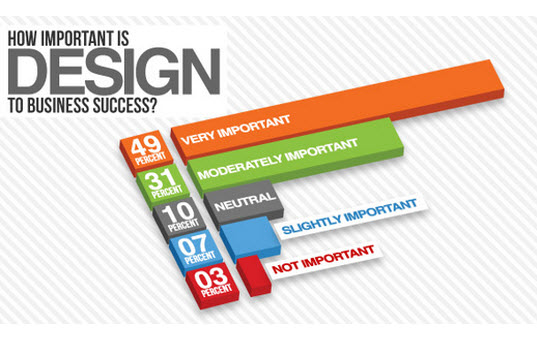The Development Of Internet Site Style: From Past To Present
The Development Of Internet Site Style: From Past To Present
Blog Article
Content Create By-Hartley Peters
In the past, internet sites were simple and concentrated on information. Navigating was straight, and layout was for desktop computers. Now, customer experience is crucial. Information overviews designs for very easy navigating. Responsive formats suit different gadgets. Today, dark setting decreases stress, and minimal menus enhance navigation. Interactive attributes engage individuals, and vibrant visuals stick out. AI integration increases involvement. See how layout has actually evolved to improve your on the internet journey.
Very Early Days of Website Design
In the early days of website design, simpleness preponderated. Websites were basic, with limited colors, fonts, and layouts. The focus got on supplying info instead of fancy visuals. Customers accessed the web via slow-moving dial-up links, so speed and performance were key.
Navigating food selections were straightforward, usually located at the top or side of the web page. https://www.youtube.com/watch?v=9r2pdM5pVJc were created for home computer, as mobile surfing wasn't yet widespread. Content was king, and developers prioritized simple readability over complex style aspects.
HTML was the primary coding language made use of, and developers had to function within its restraints. Computer animations and interactive features were very little contrasted to today's requirements. Sites were static, with little dynamic material or tailored user experiences.
Rise of User-Focused Design
With the evolution of internet site design, a shift towards user-focused design principles has come to be significantly famous. Today, developing internet sites that prioritize customer experience is essential for involving site visitors and attaining company goals. User-focused style involves understanding the requirements, choices, and actions of your target audience to tailor the internet site's design, web content, and includes accordingly.
Designers currently perform comprehensive research study, such as individual studies and usability testing, to gather insights and comments directly from individuals. This data-driven technique helps in producing user-friendly navigating, clear calls-to-action, and visually enticing interfaces that resonate with site visitors. By placing the user at the center of the layout procedure, internet sites can supply an extra customized and delightful experience.
Receptive layout has also emerged as a crucial element of user-focused design, making sure that web sites are maximized for various tools and screen dimensions. This adaptability improves availability and functionality, satisfying the diverse ways individuals interact with sites today. Fundamentally, the surge of user-focused layout indicates a change towards creating electronic experiences that focus on the needs and assumptions of completion user.
Modern Trends in Web Design
Explore the current trends forming website design today. One noticeable pattern is dark setting layout, using a smooth and modern-day look while lowering eye pressure in low-light environments. Another key trend is minimalist navigation, simplifying food selections and enhancing user experience by focusing on essential elements. Integrating micro-interactions, such as animated buttons or scrolling impacts, can create a more appealing and interactive website. Responsive layout stays vital, guaranteeing smooth individual experiences throughout numerous gadgets. In addition, utilizing strong typography and asymmetrical designs can add aesthetic passion and accentuate particular content.
Integrating AI technology, like chatbots for customer assistance or tailored suggestions, improves individual involvement and enhances procedures. https://www.techzone360.com/topics/techzone/articles/2022/05/20/452396-5-content-creation-tips-successful-digital-marketing-agencies.htm has likewise become a substantial fad, with developers focusing on inclusive design methods to cater to diverse individual demands. Welcoming sustainability by enhancing web site efficiency for rate and efficiency is one more emerging pattern in web design. Working together with individual responses and information analytics to iterate and improve style continually is important for staying relevant in the ever-evolving electronic landscape. By welcoming these modern fads, you can produce an aesthetically enticing, straightforward internet site that resonates with your target market.
Final thought
As you reflect on the evolution of web site style from the early days to currently, you can see exactly how user-focused layout has become the driving pressure behind modern-day patterns.
Embrace the trip of adjustment and adjustment in website design, constantly maintaining the individual experience at the center.
Tippingpointdigital
Keep existing with the latest trends and technologies, and never ever stop evolving your strategy to produce aesthetically magnificent and easy to use internet sites.
Evolve, adjust, and produce - the future of web design remains in your hands.
